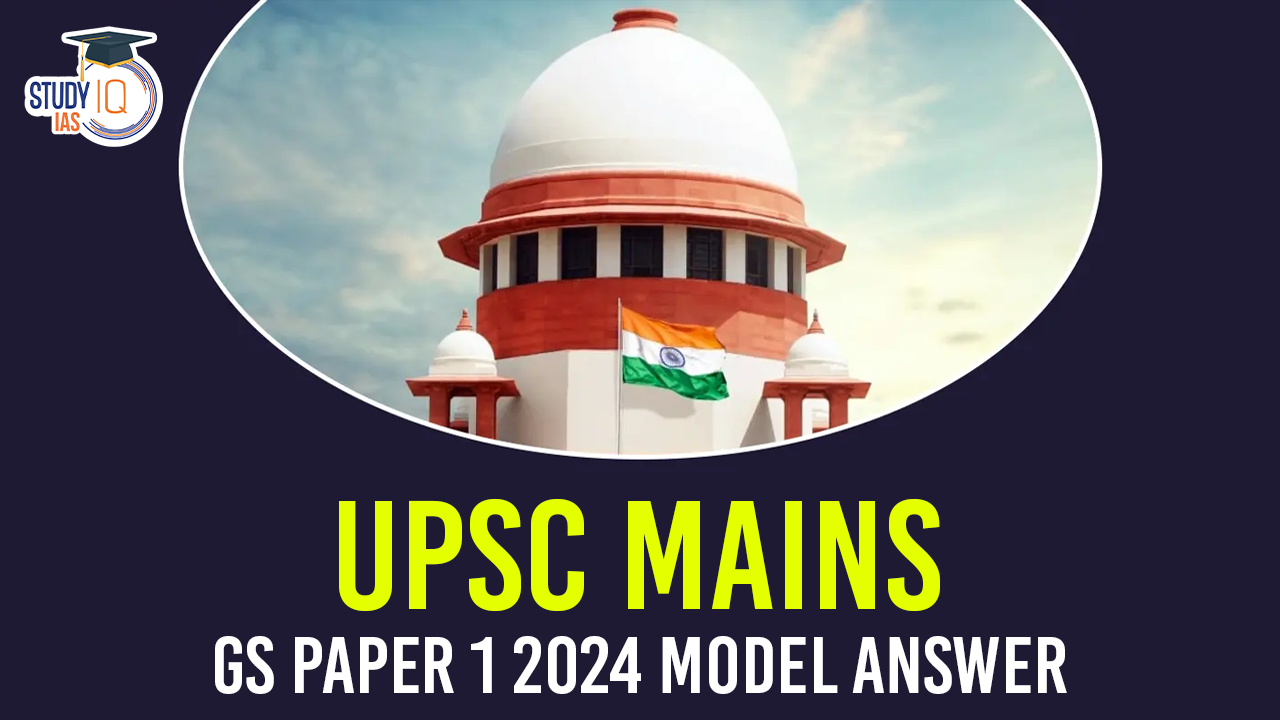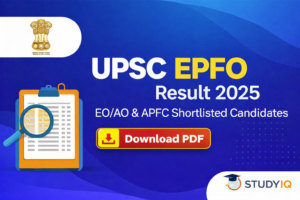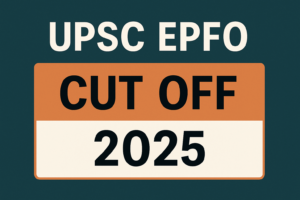Table of Contents
Introduction
The collective incidence of cultural, linguistic, religious, ethnic and geographical makes India a unique example in the world. This cultural plurality often intersects with socio-economic factors leading to marginalisation among different groups.
OR
Indian society is a pluralistic society with a complex social order with a dash of ethnic, religious, linguistic divisions. Amidst complexities and differences, stands diversity which has a widely accepted social base that fosters fraternity, cohesion and brotherhood.
Body
Cultural diversity intersect with socio-economic marginalities reinforcing inequalities
- Caste (Jati): More than 3000 jatis, hierarchical in different religions, hereditary endogamous, thus creating lower caste facing extreme exclusion from resources and opportunities.
- Eg: A study from the NSSO reveals that Scheduled Castes and Scheduled Tribes have disproportionately high levels of poverty compared to upper castes.
- Language: 22 official languages with more than 1600 dialects can hinder access to education and employment as many marginalised groups face difficulty to compete in dominant language.
- Eg: About 50% of dalit and adivasi children can read a paragraph as compared to 69% brahmin children.
- Geographical: India is divided into physio-geographic regions (Himalayas, plains, peninsular plateau, etc.), climatic zones (arid, tropical, temperate), and various agro-climatic zones
- Geographic regions experience varying levels of development, with some culturally rich areas remaining economically underdeveloped.
- Eg: Adivasi communities in Jharkhand and Chhattisgarh, despite living in mineral-rich areas, remain among the poorest in India
- Eg: North east & Hilly region.
-
-
- Access to Resources: Different cultural groups may have unequal access to land, capital, and social networks, perpetuating cycles of poverty and marginalisation. where certain groups are left out of decision-making processes, impacting their socio-economic opportunities.
- Eg.tribal conflict mizo-kuki
- Eg: According to Global multidimensional poverty Index 2018, about 33% of Scheduled castes in India are multidimensionally poor.
-
India’s cultural diversity does not lead to socio-economic marginalities
- Economic mobility: Education and employment opportunities through affirmative actions has enabled the upward mobility of individuals from marginalised sections.
- Eg. Delhi Haat, a TRIFED initiative promotes the exhibition of tribal products.
- Cultural Enrichment: Diversity has promoted different avenues such as tourism and handicraft industry.
- Eg: Cuisine of trials is being widely celebrated like the red ant chutney of Orissa.
- Strong Community support: at the time of adversity marginalised section together raise their concerns for welfare
- Eg: AASU student union demand of citizenship.
- Impact of Urbanisation & Globalisation: It has opened newer avenues for their products now being sold in international markets.
Conclusion
The correlation between India’s cultural diversities and socio-economic marginalities is complex and multifaceted. While cultural factors contribute to disparities, they are not the sole determinants of socio-economic status. By recognizing and harnessing the potential of cultural diversity, India can work towards reducing socio-economic marginalities and fostering inclusive development.
| Related Post | |
| UPSC Mains GS 1 Question Paper 2024 | UPSC Mains GS 1 Analysis 2024 |
| UPSC Mains Essay Question Paper 2024 | UPSC Mains Essay Analysis 2024 |
| UPSC Mains GS 2 Question Paper 2024 | |


 UPSC EPFO Result 2025 Out: EO/AO and APF...
UPSC EPFO Result 2025 Out: EO/AO and APF...
 UPSC CSE Interview Schedule 2025: Dates,...
UPSC CSE Interview Schedule 2025: Dates,...
 UPSC EPFO Cut Off 2025 (Expected): Categ...
UPSC EPFO Cut Off 2025 (Expected): Categ...

























